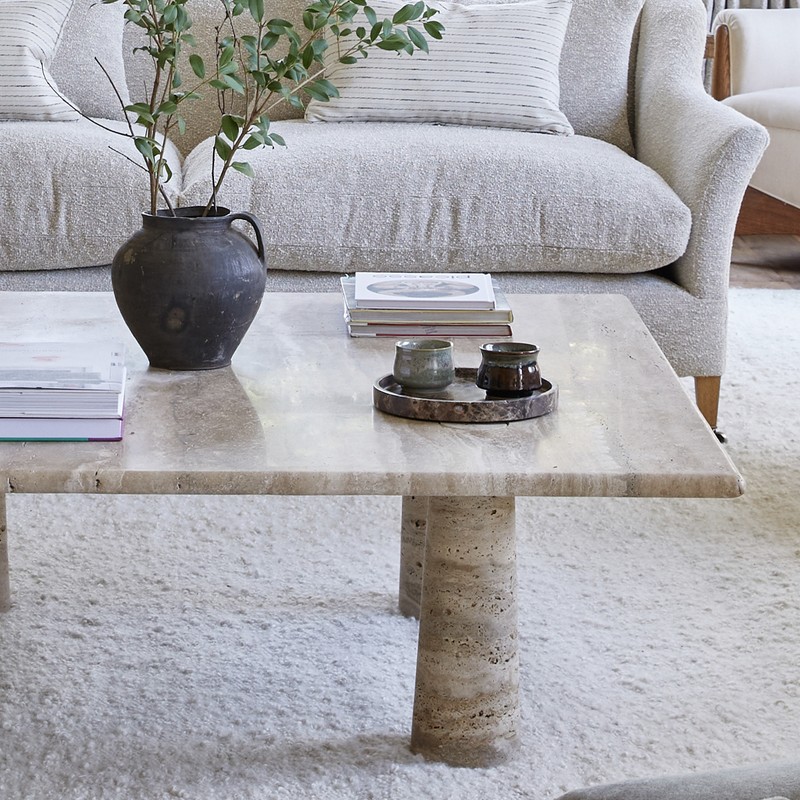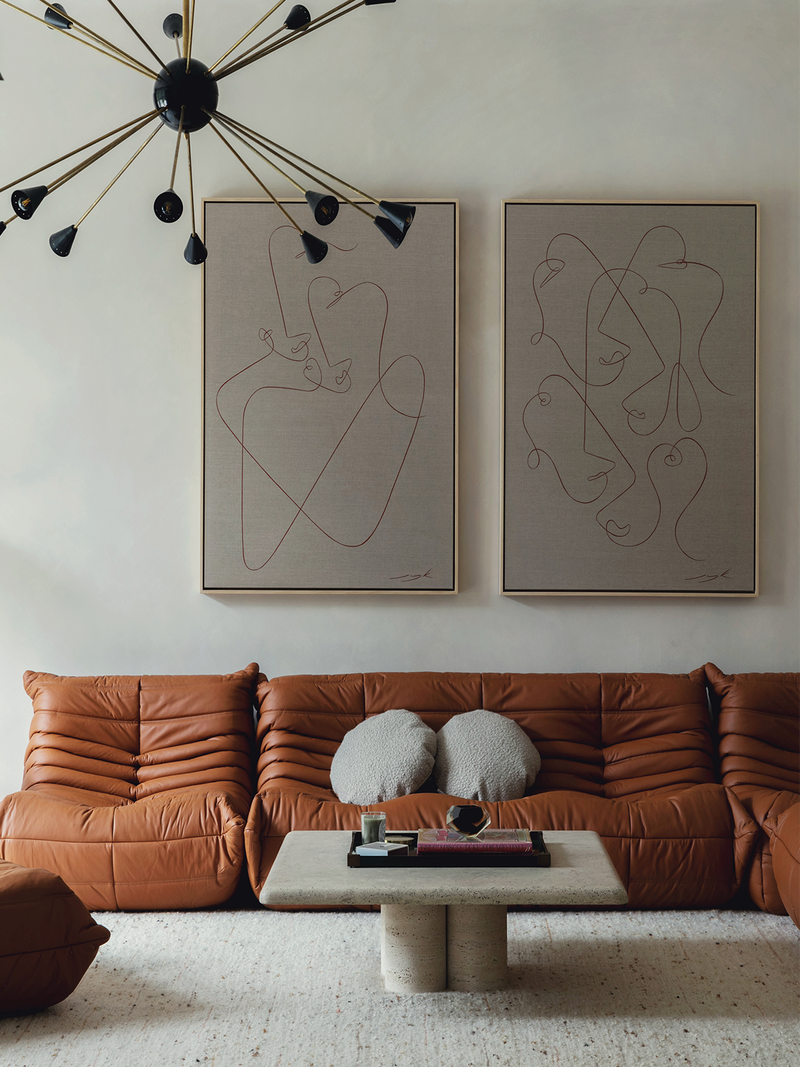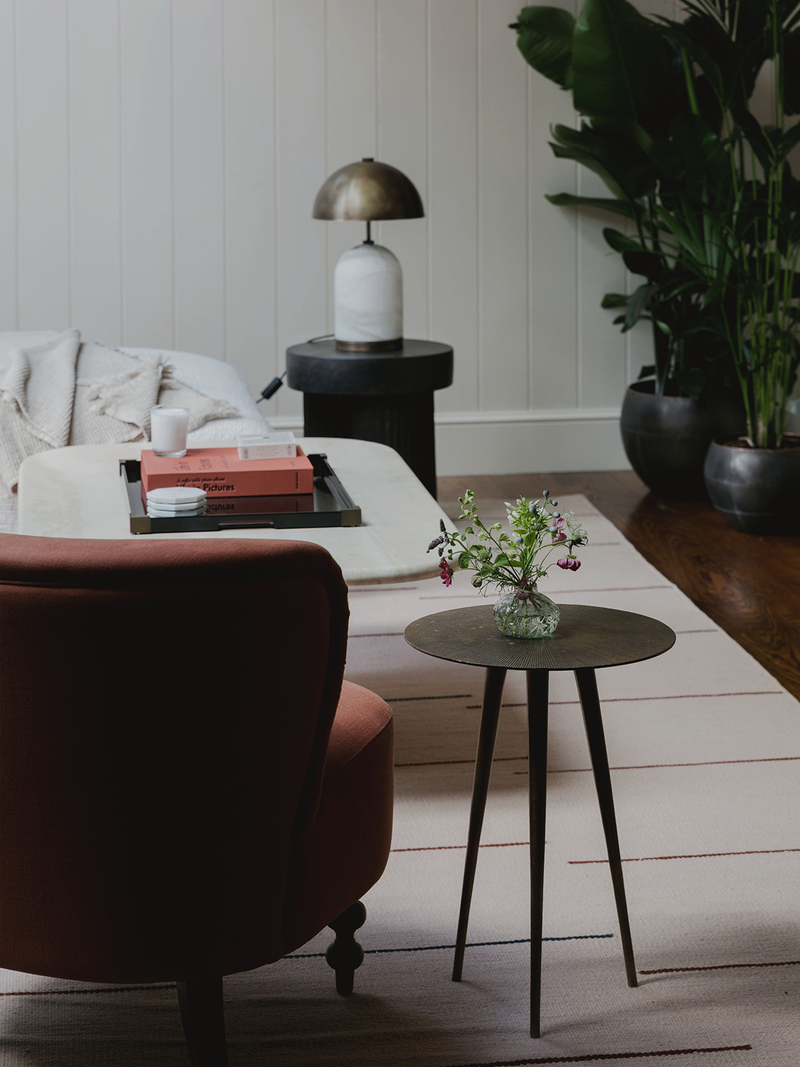Trend Watch: Travertine
Why Is Travertine Having a Moment Right Now?
“Travertine is popular because it’s timeless, classic and minimalistic, and fits seamlessly into any style of interior – it’s so versatile. It can also be polished to a smooth finish or honed to matte; it can be chiselled or brushed; and it’s available in a multitude of shades, including ivory, cream and beige.” – Anna Unwin, interior stylist
“When I think of travertine, I'm instantly reminded of all those beautiful 1970s coffee tables that are still so popular today. It’s wonderfully warm, natural and makes a space feel more relaxed. Why? Because it's a little more restrained and understated than most marbles.” – Tiffany Duggan, interior designer & founder at Studio Duggan
So How Is It Different From Marble?
“Travertine has the same luxurious feel of marble, but at a slightly lower cost. It also has its own beautiful characteristics and can be used outside, unlike marble. Therefore, the main differences are cost and durability – it’s typical for clients to use marble more sparingly and only inside, however travertine is more versatile.” – Shalini Misra, interior designer at Shalini Misra & The Design Buzz
“Another big difference between the two stones is how they’re made. Travertine is a kind of limestone extracted from freshwater hot springs or limestone caves, and one affected by the additional heat and pressure from the earth's crust to make it more dense. Marble is a metamorphic rock that forms over a long period of time .” – Samantha Wilson, interior designer & founder of Collection Noir
“Depending on the amount of iron or other organic impurities found in the original limestone, travertine can also take on many hues, ranging from walnut through to gold and several kinds of purple, orange and red. As it’s a natural, organic stone, every piece is unique. Thousands of years ago it was used in general construction, and can still be admired as part of many famous monuments today.” – Anna
What style of interior does it work best with?
“The timeless aesthetic of travertine makes it suitable for a variety of interior styles. From modern minimalism to classic and contemporary, its neutral shade makes it so versatile. As a natural stone made up of creamy hues and earthy textures, the naturally light and airy finish won’t compete with other tones in a space – it’ll simply enhance what’s already there and add a touch of luxury and texture. It also works well with other natural materials, especially timbers, other natural stones and organic fabrics.” – Samantha
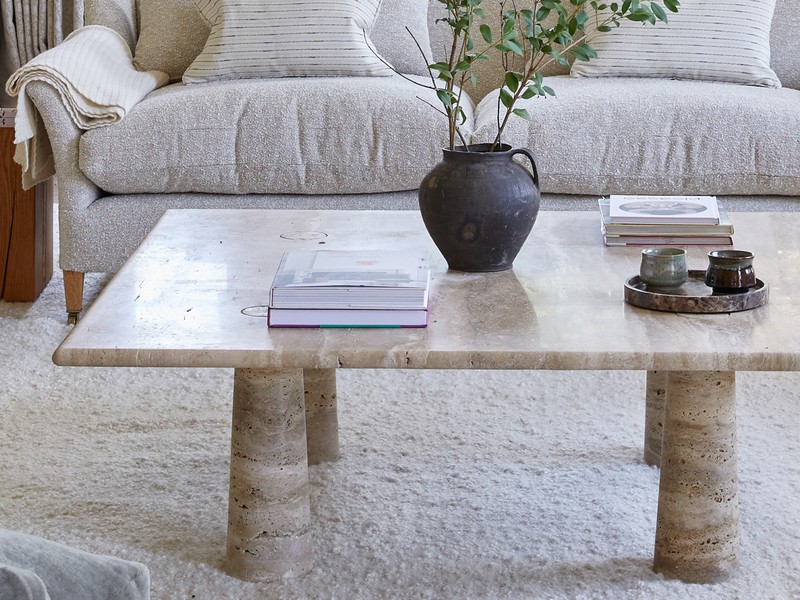
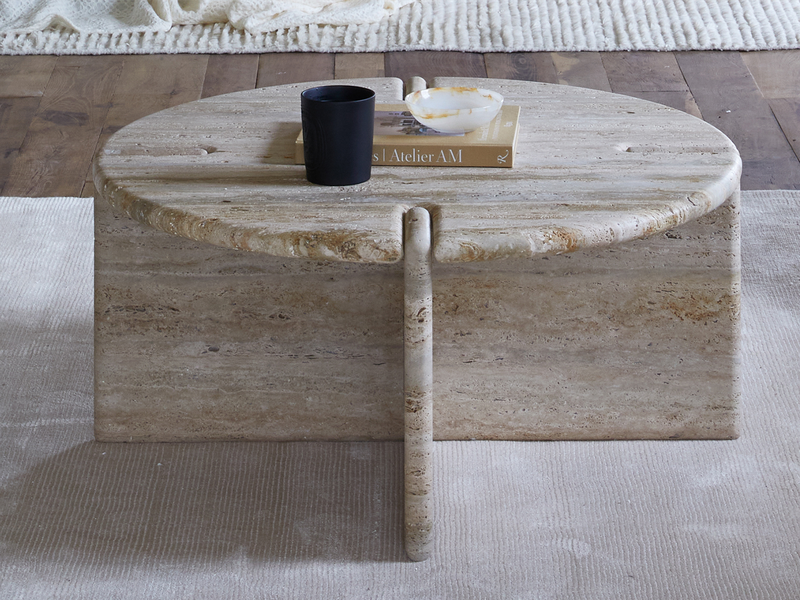
Where Is It Best Used?
“Travertine can be used in several ways, and when sealed it becomes relatively strong, too. The strong veins give it lots of character and can look really beautiful as a countertop or as a backsplash in a kitchen or bathroom. Similarly, it makes for a beautiful fireplace surround or a great statement when used as flooring for walkways, interior floors, patios, pool decks or even internal or external walls.” – Shalini
“Vintage tables and furniture are another foolproof way to incorporate travertine into your scheme. I also love the idea of a chunky, polished travertine vanity top in a bathroom, or a travertine-clad wall in a contemporary space. Smaller accents such as sculptural bowls and vases work well if you’re on a budget.” – Tiffany
What Other Materials Does It Work Well With?
“It works beautifully with metals and woods, while its neutral colours often complement softer colours like greys, creams, whites and golds.” – Shalini
“Travertine works well with polished plaster (typically Marmorino) and other forms of decorative plaster finish, such as tadelakt and even clay or lime.” – Richard Eden, head of architecture at Banda Property
“It works perfectly with wood, limewash walls, zellige tiles and other natural elements.” – Tiffany
“It pairs beautifully with wood or other natural stones. It also looks very chic when placed next to organic, natural fibres such as linen.” – Samantha
Anything else worth knowing about travertine?
“Travertine is a highly porous material so you must ensure it’s properly sealed and maintained. The more polished the surface, the more susceptible it will be to scratches. However, the beauty of natural stones tend to radiate over a period of time, so a stone that’s been lovingly looked after will have more character as time goes on.” – Samantha
Visit AnnaUnwin.com, StudioDuggan.com, TheDesignBuzz.com, CollectionNoir.com, ShaliniMisra.com & BandaProperty.co.uk for more information.
Shop Some Of Our Favourite Travertine Products Below…
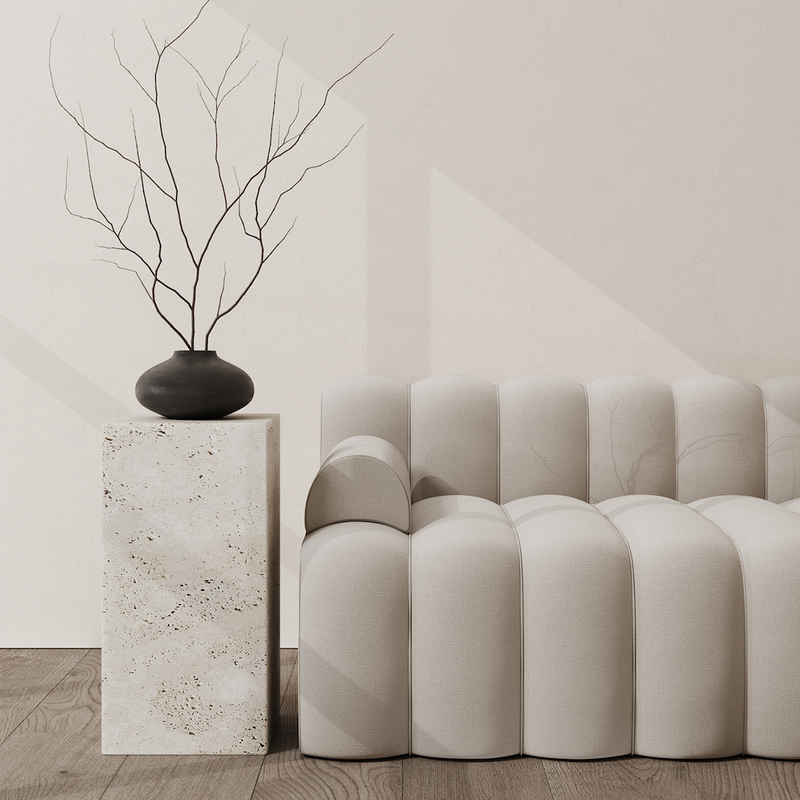
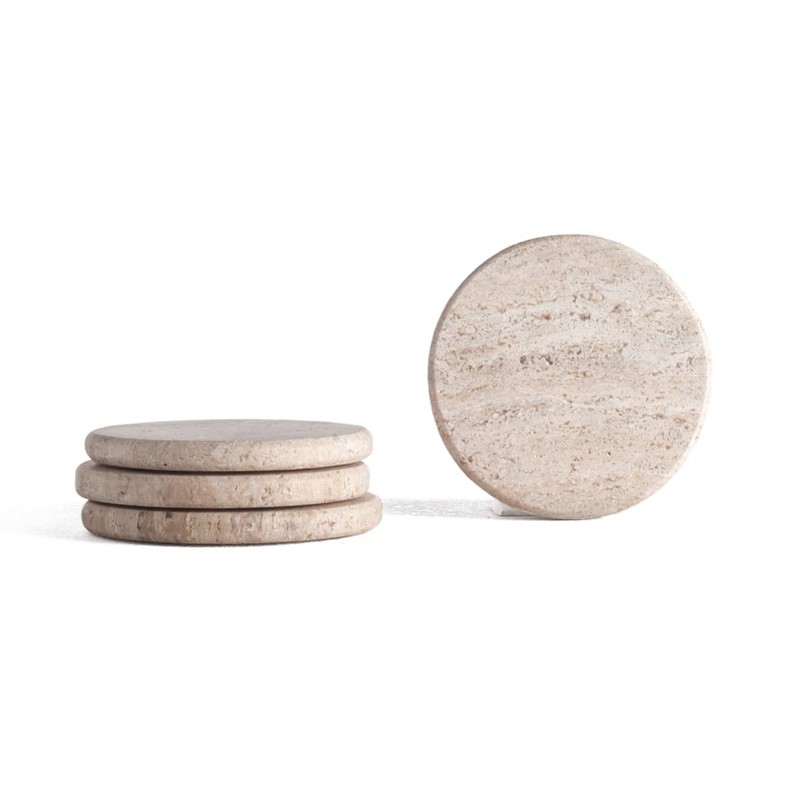

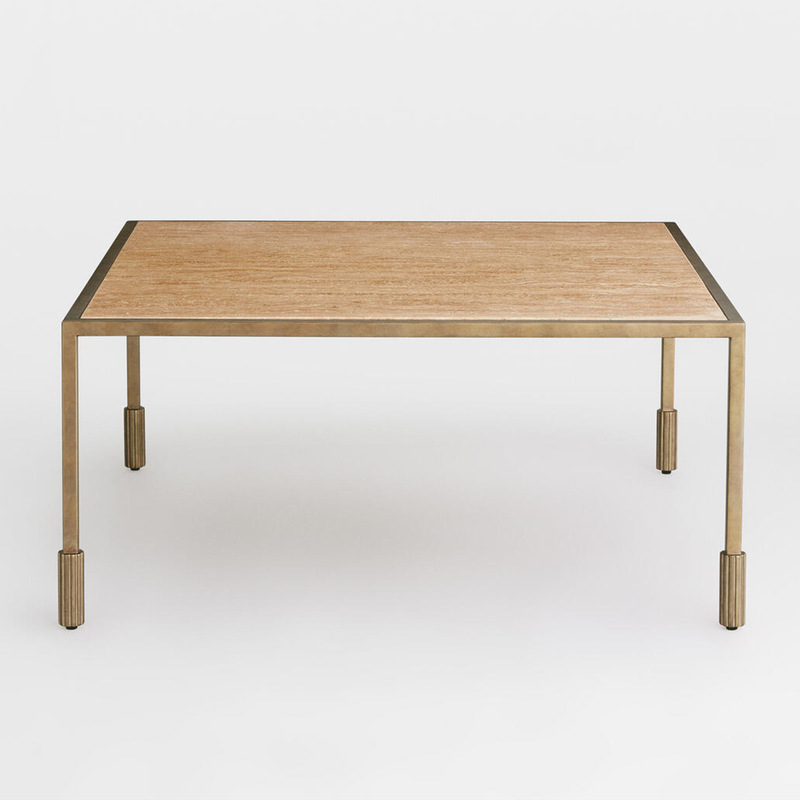
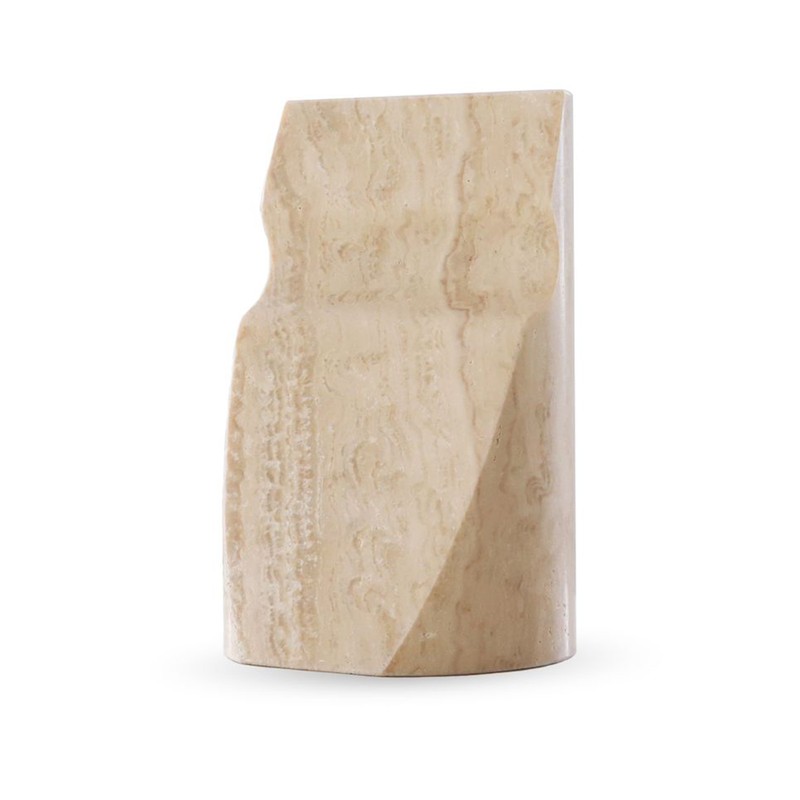
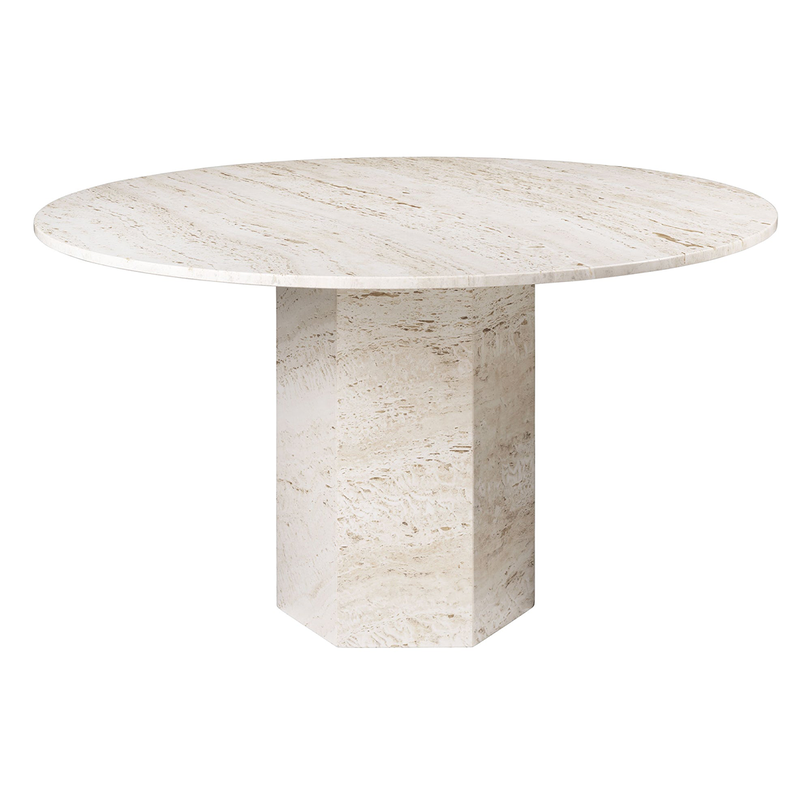
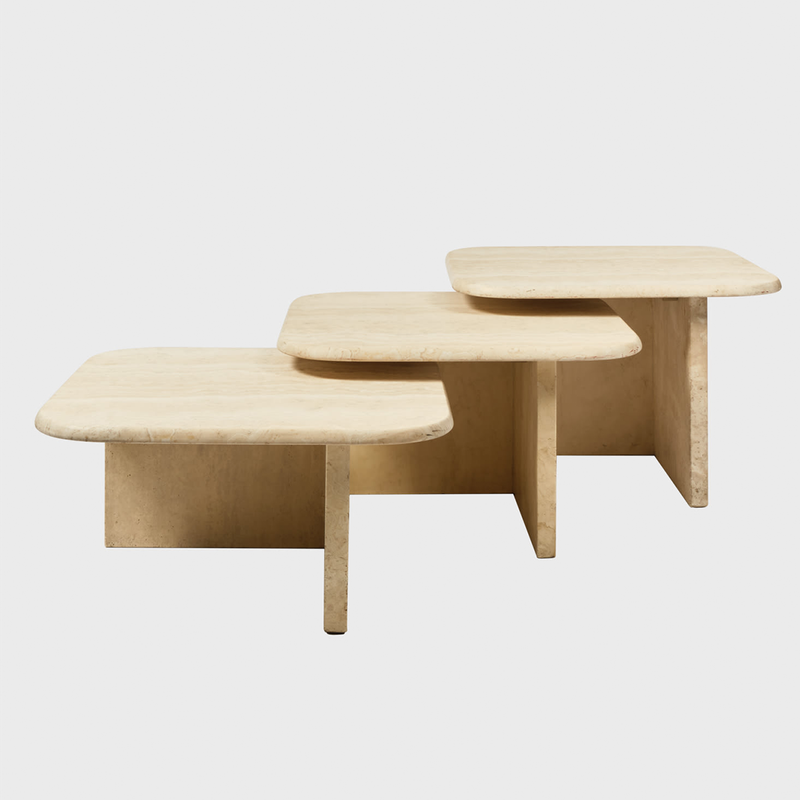
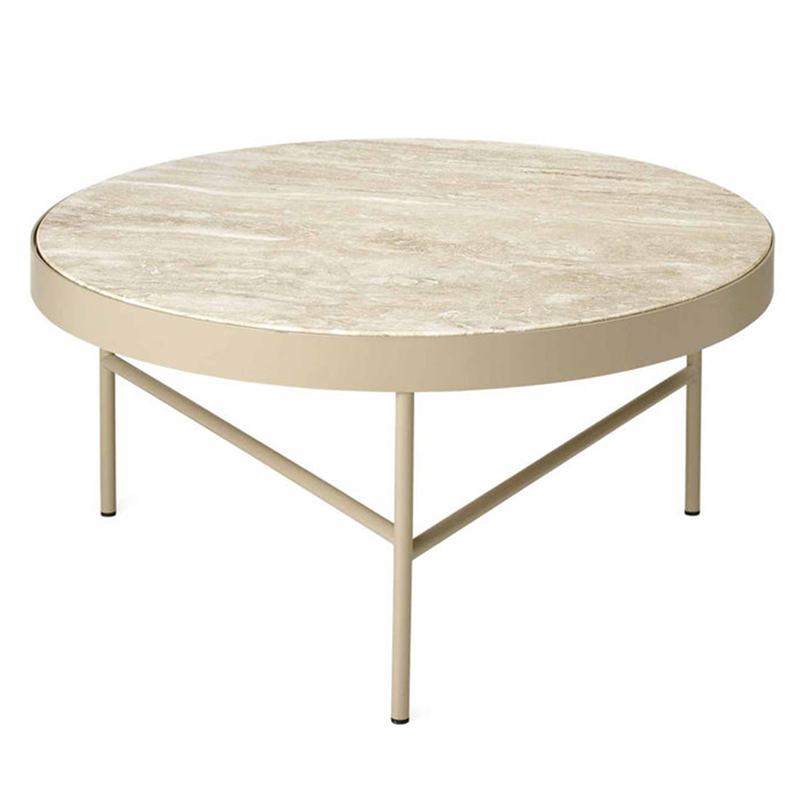
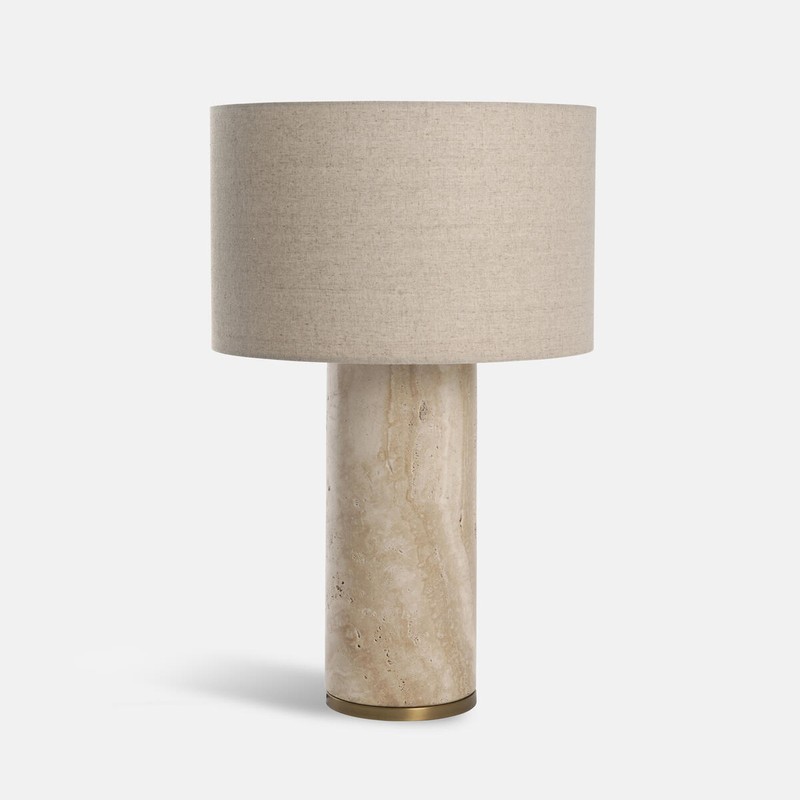
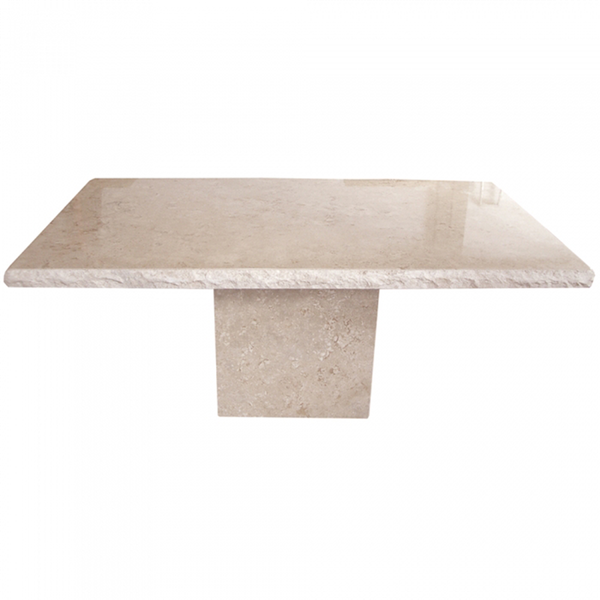
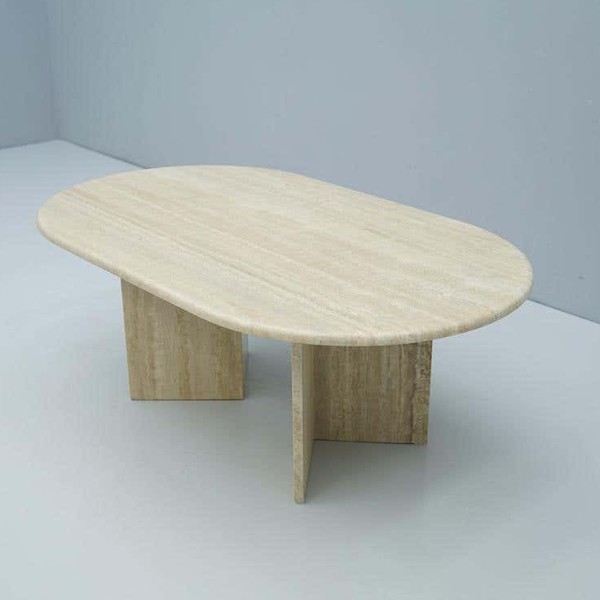
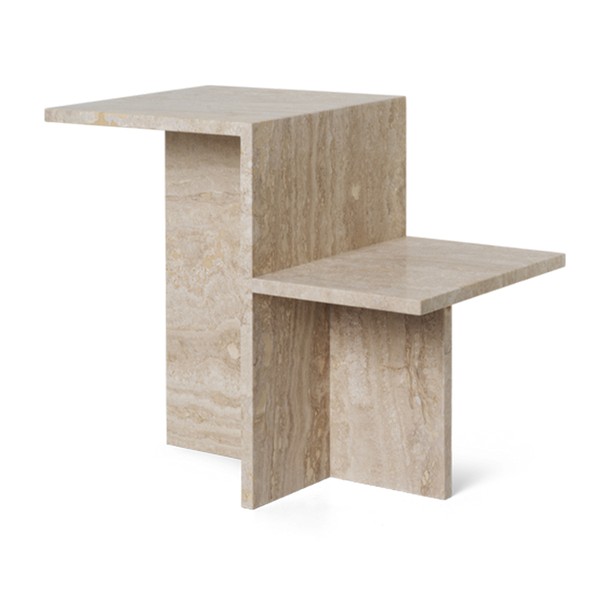
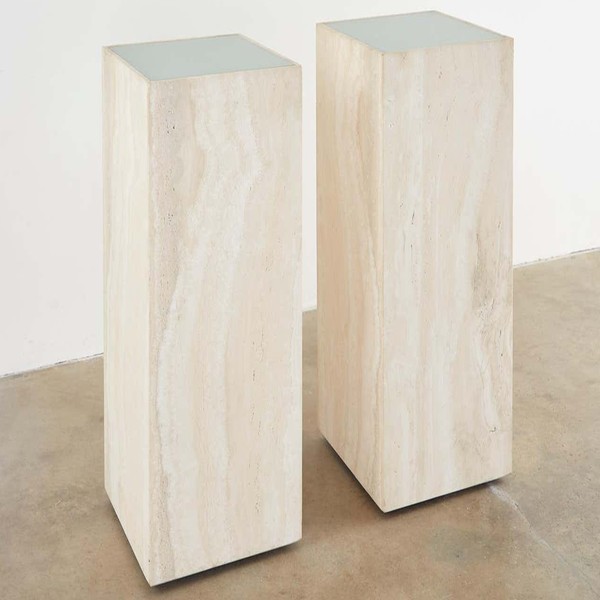
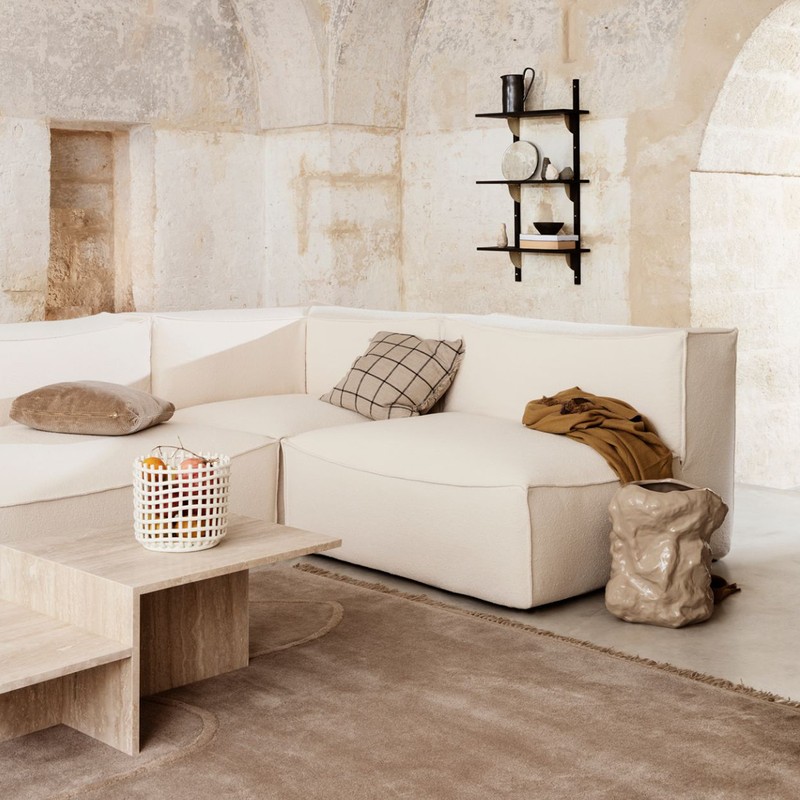
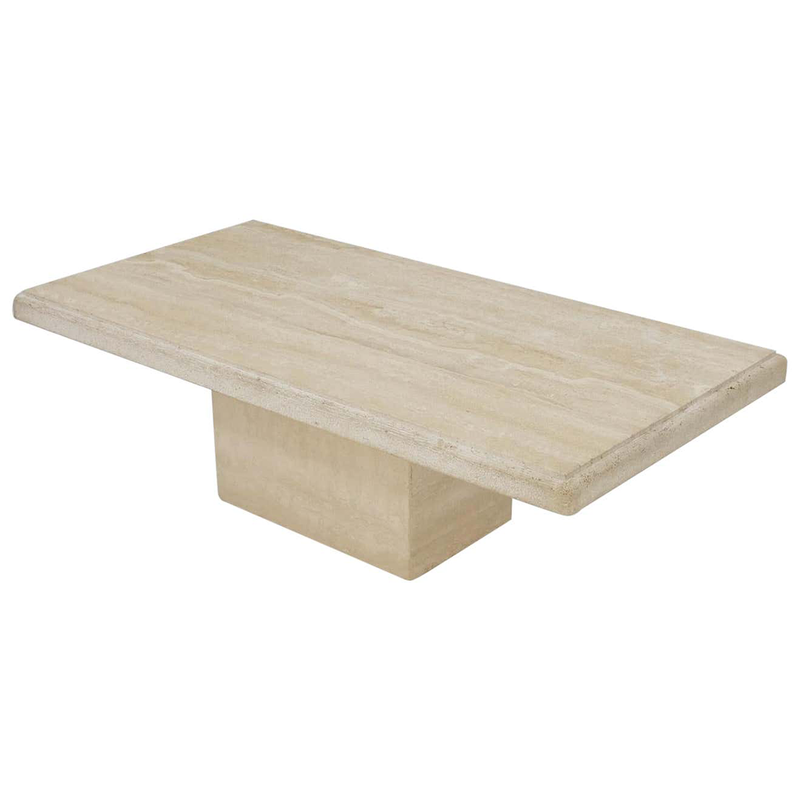
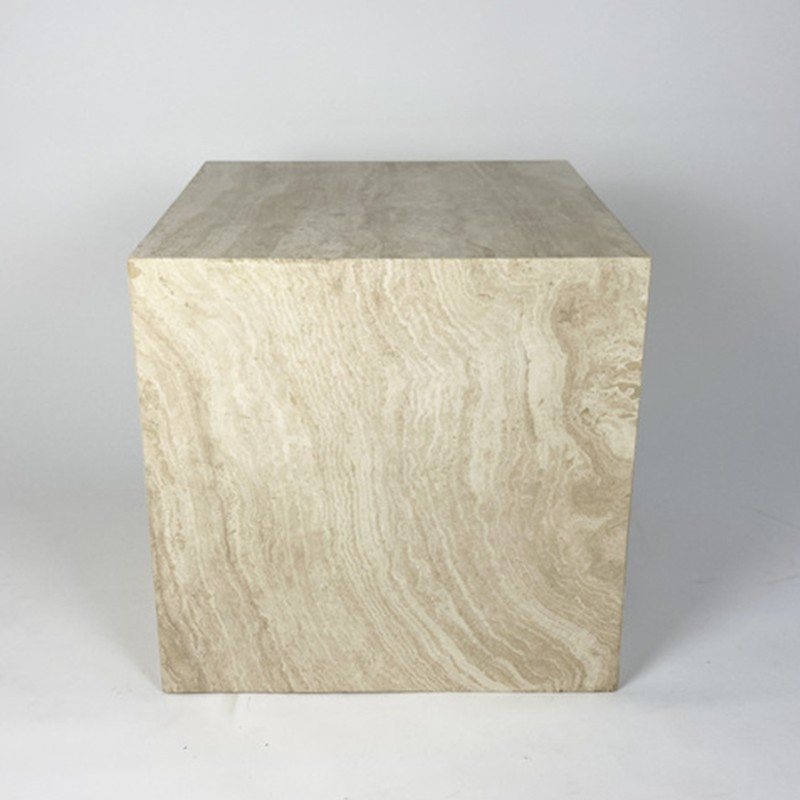
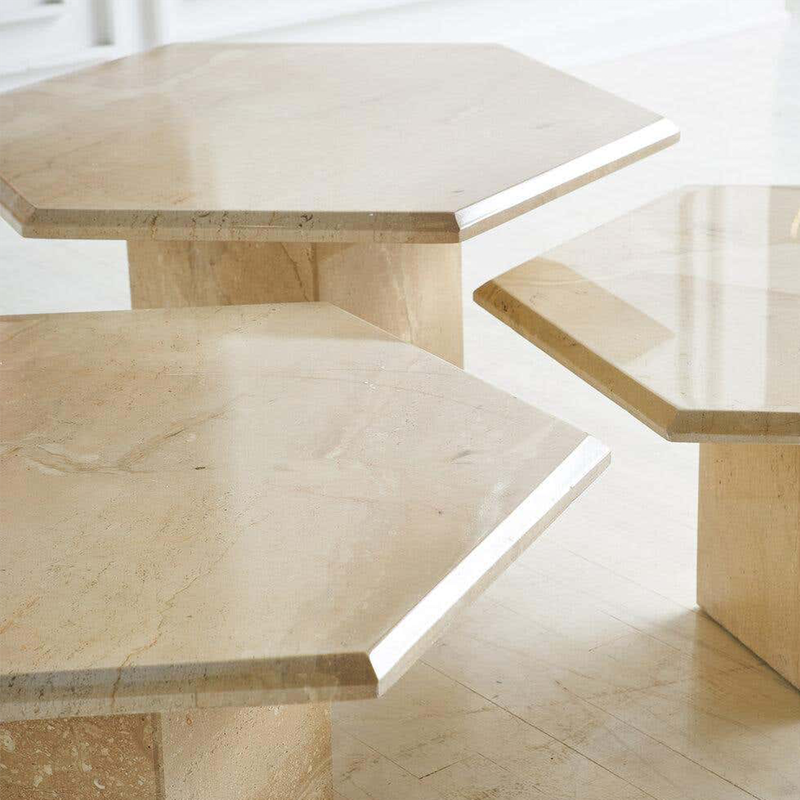

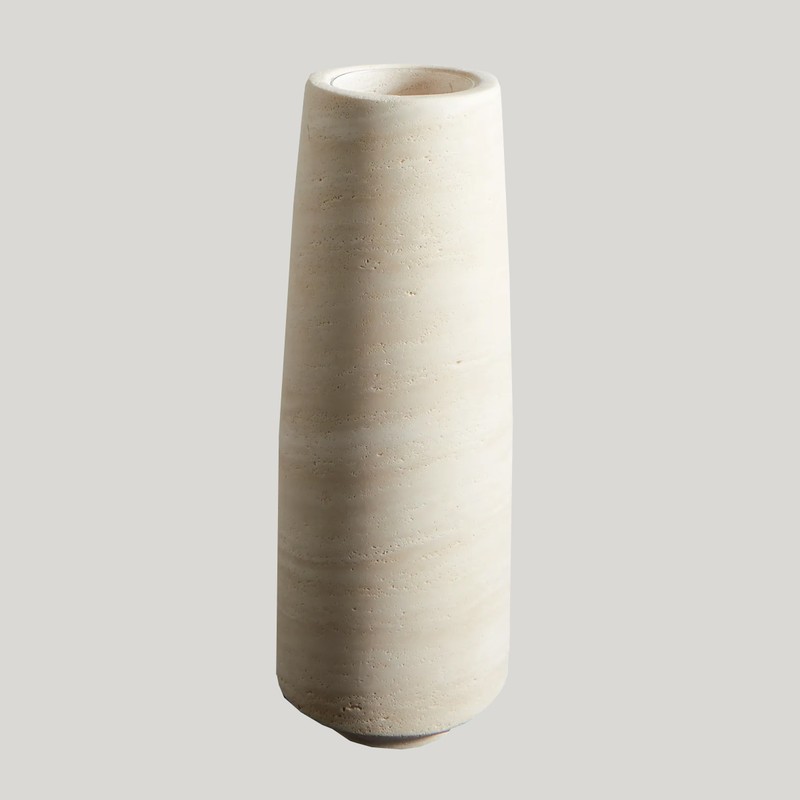
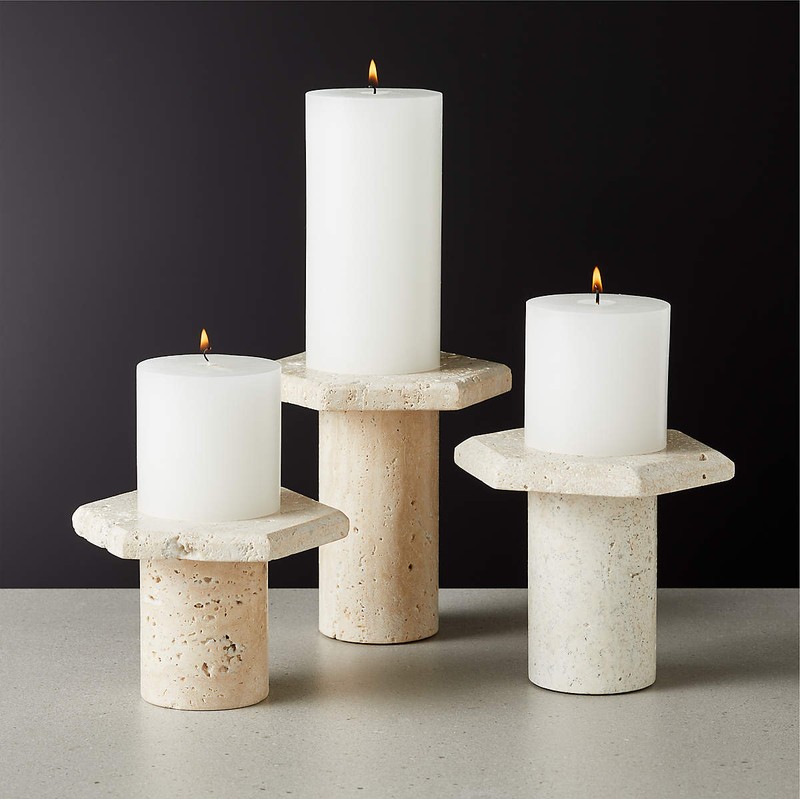
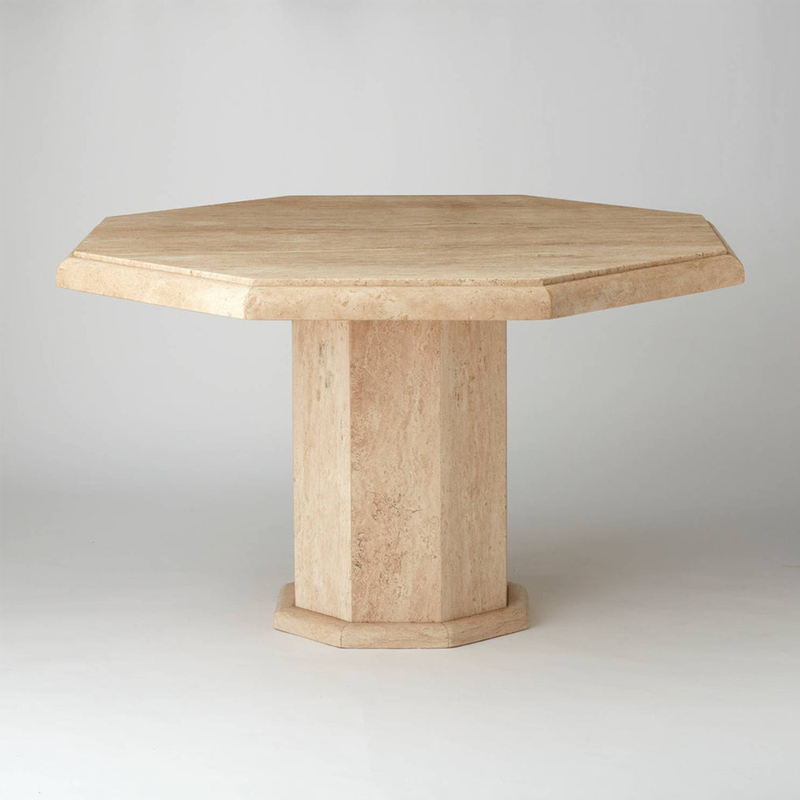
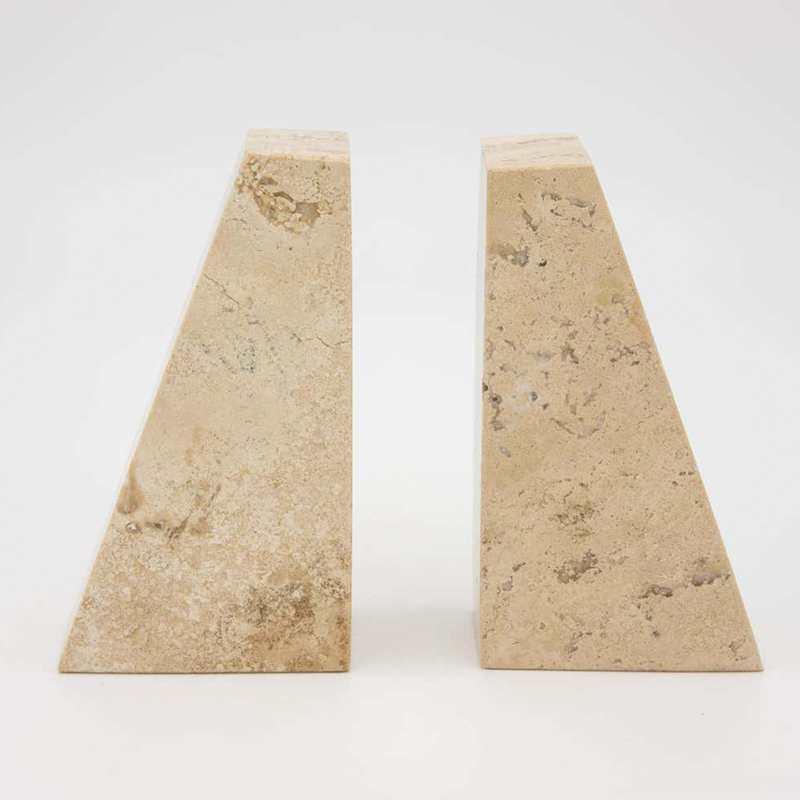
DISCLAIMER: We endeavour to always credit the correct original source of every image we use. If you think a credit may be incorrect, please contact us at info@sheerluxe.com.
